
KRISTI’S CHARACTER’S UNIQUE TIME & PLACE IN HISTORY – Settling the American West
—— WESTERN SETTLEMENT & FASHION ——
Native Americans & ancient tribes lived on the North American continent long before European & eventually others from around the world emigrated to the continent to build what would become the United States of America. The Mayflower brought the Puritans in the 1640’s.
The next “wave” of immigrant women into America was in the early 1700’s – more specifically the 1730’s-1740’s during political & economical strife in Scotland & England. The English, holding “ownership” of the American colonies at the time, predominated settlement in the east. For this reason, most early women settlers & immigrants were of European descent.
There were two subsequent large European migrations after that; the first to the east coast, & the second of more direct affect to settlement of the “West”. In the 1880’s women from Germany & the Netherlands came down the Great Lakes to land in what is now Chicago. Some went south towards Missouri & Kentucky, but most settled nearby in the Midwest.
Midwesterners from what is now Michigan, Wisconsin, Minnesota, Iowa, & Illinois were among the great numbers that continued to move on westward in the 1880’s & early 1900’s. By 1862 when the first Homestead Act offered 160 acres in what would become Montana & Wyoming to anyone who would live there for 3 years, people jumped at the chance whether they knew anything about ranching or not. Iowa had run out of farmland for their 3rd or 4th sons. By 1910, when the government offered 320 acres instead, settlement began in earnest (& in Wyoming).
It was at about that same 1870-1910 time period that religious groups such as the Mormons traveled West. Many of these groups, including the Irish & Chinese who came to work on the railroads, were often staying temporarily or just moving through the West to get to California & Pacific coastal regions. Those of many different cultures did stay, although documentation of their influence on fashion is difficult to find.
When history talks about “Old West”, it refers to geographical regions west of the Mississippi River, north to the Canada border, south to Mexico, & west to the Rocky Mountains. Nebraska, Kansas, the Dakotas & anything west of the Mississippi River was still considered to be the”Old West” or the “Wild West”. Iowa & Missouri, sitting on the Mississippi, were “West” too.
There were relatively few women of European descent west of the Mississippi prior to the 1830’s that can be tracked for fashion trends, & assumption can be made that in the years 1840-1914, women were predominantly of European descent, regardless of skin color. Until the common usage of the camera in the late 1840’s, little was recorded of what women were doing (& wearing) from the Mississippi westward.
“West” seems to mean the legends & tales of the time from 1840-1915 – from when the first Europeans arrived in some force to the advent of World War I. It’s considered to have been the time & place of cattle, outlaws, trains, & bordellos. The challenge is to get behind that to find out what real & “regular” people were doing & wearing.
The only firmly recorded history seems to be of of prostitutes & fallen women who fell on the profession of necessity to survive, or followed the gold rush of 1849. There is record of outlaws & cattle women, but usually in papers outlining something terrible that happened. Land records of Homesteading & business ownership document some facts. Mostly, we must rely on verbal stories, legends, diaries, periodicals, or artifacts to under the lives – and clothing – of the pioneer women of the 1840’s to 1860’s before the railroad became the means of crossing the country in the 1870’s.
For purposes of our depictions we begin with the advent of the camera in 1840. Prior to that, we must make assumptions based on paintings & sketches of artists who explored the West, or draw conclusions based on observations about history & emigration; the movement of ideas & materials from one place to another.

—— FEW FACTS & A LOT OF FIGURING ——
Fashion of the Old West is based on (in this order): real articles of clothing, photographs, portraits, paintings by Western artists, sketches, journals such as explorers or land records, obituaries, diaries, newspapers, magazines, notes in Bibles property ownership records, word of mouth, stories, & legends. Some, like the record of how many dresses a woman left in her will, are accurate. Others, like the story handed down by your great-grandmother or the story of Calamity Jane & General Custer, have to be interpreted.
Design & depiction of fashion of Western America fashion must put all those odds & ends together, along with what is known about influences, environment, availability, attitudes, culture, values, & assumptions about the person or people being studied & depicted. There are whole professions, notably Anthropology, which study these factors. Yet other professionals such as Museum Curators spend whole lifetimes gathering & studying the clues of fashion.
For our purposes for depiction, we must trust the research of those professionals, & draw the best conclusions we can based on which facts are known, but add Grandma’s stories to breathe life into our depictions. Our projects will assume fashion for depiction is based on one of the factors below.

A) Fashion and/or the concept of fashion of the day was physically carried from the east coast (originating from the same influences as Easterners), & then modified or adapted to suit the culture, time, place, or activity;
This starts with the assumption whatever the current trend of the east is being carried west, & will focus on those factors which would cause them to be modified; e.g. materials, patterns, or communication unavailable;
It means fashion will almost always be 1 or 2 years out of style compared to the east;
Designs based on this assumption will end up being modifications of whatever was in style in the east a couple of years prior to the depiction.
B) Clothing was origined out of local materials; e.g. furs, leathers, & therefore based on the same influences as men’s fashion such as evolution of the cowboy ensemble, almost strictly for function;
These projects will be researched & developed per project by specific region, working with our subcontractors who specialize in indigenous materials;
The American Cowgirl in particular demands research into male clothing & its adaptation for women.
C) Fashion design & clothing was a combination of above; e.g. western innovations like denim jeans which arise out of functional need; yet using modern technology of fabric, dye, & production that comes from the east which combines local availability of fur, skin, or locally made fabrics or materials (such as spun or woven yarn) with those of mass production or import;
This will be the result of very specific character of research, since it combines extensive historical data as to fashion of the day PLUS the specific geographic region including all aspects of the time & place;
It cannot be generalized.
D) Design & construction of garments comes of native, ancient civilization inspiration, influence, or actual use;
Silhouettes intentionally choses not to develop “D”, as the world of ancient & Indian cultures is vast & complex, & can take a lifetime, although influences of such will be considered with characters where that is pertinent;
We will refer customers to appropriate professionals who can help them with this.

—— WYOMING – REPRESENTATIVE OF THE WEST ——
Because the history & settlement, & therefore women’s fashion of the American West is as vast & wide in concept as it is in miles of mountains, lakes, & prairies, we will focus on Wyoming as our prototype for costume development. Wyoming is the icon of the Old West; the standard by which settlement of the western US is gauged.
A STATE OF EQUALITY
Wyoming was also the first place in the entire world where women finally gained full emancipation, & therefore represents the summation of all the eras around the world that we have been studying. It was here that over 200 years of gradual reform & activism by women around the world came to fruition quickly & of necessity in typical Wyoming style which doesn’t “beat around the bush”.
Wyoming is called “The Equality State” because immediately at its establishment as a territory in 1868, women had the right to vote. When it became a state in 1890, women still had the right to vote, long before other states like Illinois had to be forced to comply with the 19th amendment in 1920.
The Wyoming territory was defined in 1848, & was established officially in 1868 as trade agreement following the Mexican-American War, & according to treaties over the period 1832-1890 with indigenous tribes of Arapaho, Bannock, Blackfeet, Cheyenne, Crow, Gros Ventre, Kowa, Nez Perce, Sioux, Shoshone, & Ute whose influence & presence remains today.
A Wyoming pioneer is considered anyone who emigrated into the territory between 1868 & when the state entered the union in 1890, & as recorded by the 1870 & 1880 US census and/or land ownership records.
TRANSPORTATION CENTRAL
The many pioneer trails including the Oregon, California, & Mormon Trails passed through the lower half of the state. The Mormon Trail, established in the 1830’s along the south of the state saws 350,000 emigrants traveling on it by 1847. By 1851, the southern parts of the state had become populated with pioneers.
When the first Transcontinental Union Pacific Railroad reached Cheyenne, WY in 1867, the state started to be populated. The Branch spurs northwards to the ranching & coal mining areas of the north took many pioneers north, but there was never a “boom” in the settlement of the northern area. The railroad promoted settlement of the region in order to bring families, merchants, & trade so that they could handle the increased trade of goods coming from the east, & cattle going to the east.
1859 saw the development of the Bozeman & Bridger Trails when gold was found in Montana. While the gold played out quickly, the trail became a heavily traveled route for cattle drives.
CONFLICT & SETTLEMENT
The Powder River Basin, through which the Bozeman ran was central to the state. The area had been agreed upon by treaty between the US government & the Native Tribes to be completely left alone as it was their sacred hunting ground. Intense & continual conflict ensued between immigrants moving in or passing through, & Natives of the region.
Treaties made at that time to settle that conflict were later broken by the new immigrants, causing yet further conflict between Natives & settlers in 1876 on the Montana & Wyoming border to the north. Many forts were established at this time at locations of trading posts to interface the conflict.
The Homestead Act of 1862, which gave 160 acres of land free to anyone who would live on it for a continuous 3 years, brought settlers from the east. Many were teachers or merchants, & did not know what they were doing. The huge ranches that had already been established had claimed general rights to open grazing, & these ranchers did not like the small farmers & ranchers using their water resources.
From 1889 to 1893, the large ranchers organized into a political force to drive the small settlers out. The US cavalry was brought in to settle the disputes, but much Wild West history of movie & literature depiction was made of this era.
The 1860’s to 1900 were known as a time of outlaws. Notables were Butch Cassidy, Harry Longabaugh, & the Hole In The Wall Gang. Many of Wyoming’s Notable Women were a part of the outlaw world, yet many more were on the opposite side of lawlessness.
By 1870 the transcontinental railroads had taken over the journey of emigrants. Kristi’s character, having begun her journey years before, ends up near the joining of the two ends of the railroad; just on the brink of settlement. Eastern society merged with the new west. Technology was coming; just a bit more slowly. Her life would have been one were all these opposing factors crossed – law, lawlessness, innovation, freedom, adventure, stability, fear, comfort, with all the emotions that went with it.
Depiction of the American frontier 1868-1972 is wide open to interpretation.
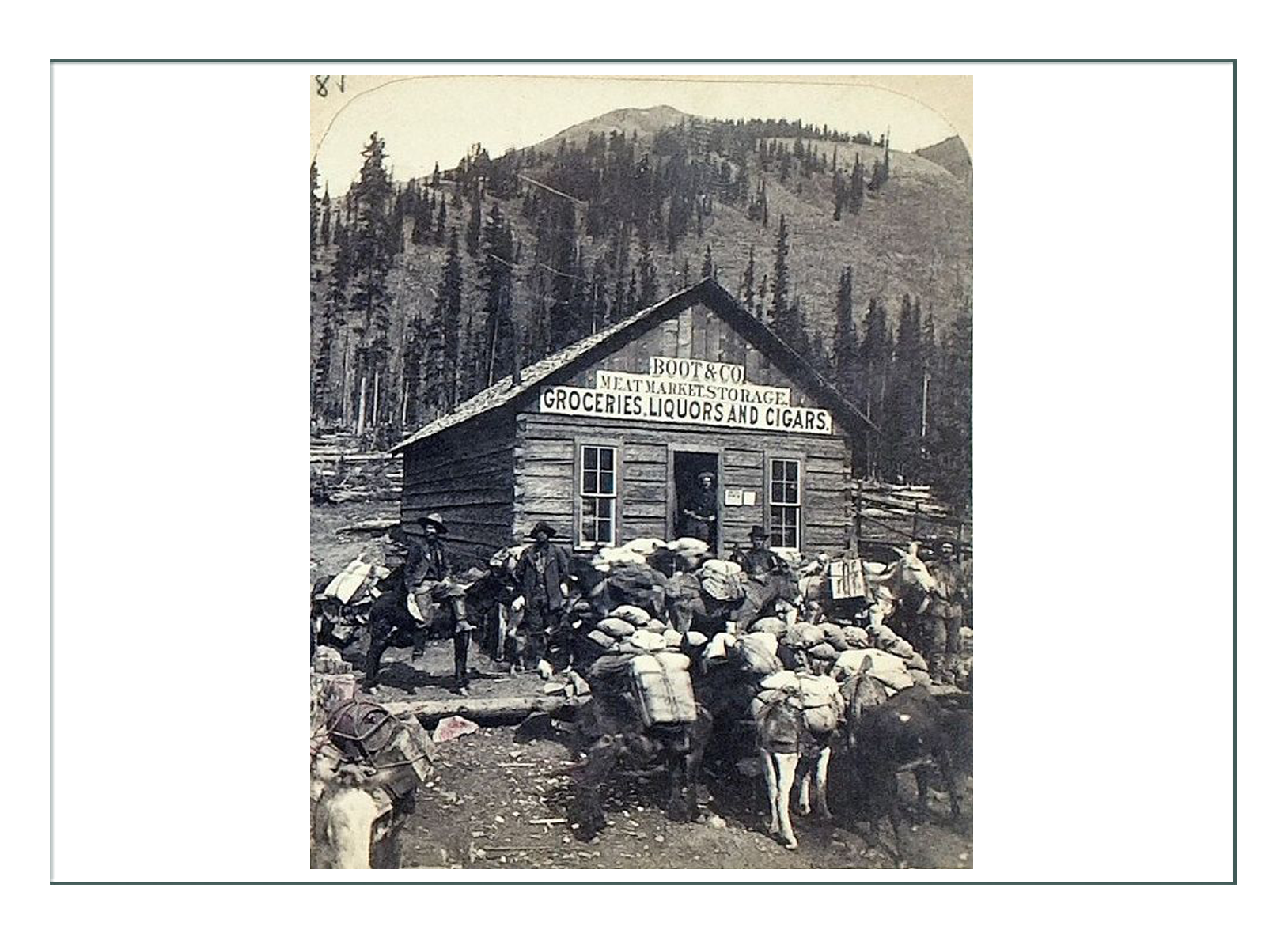
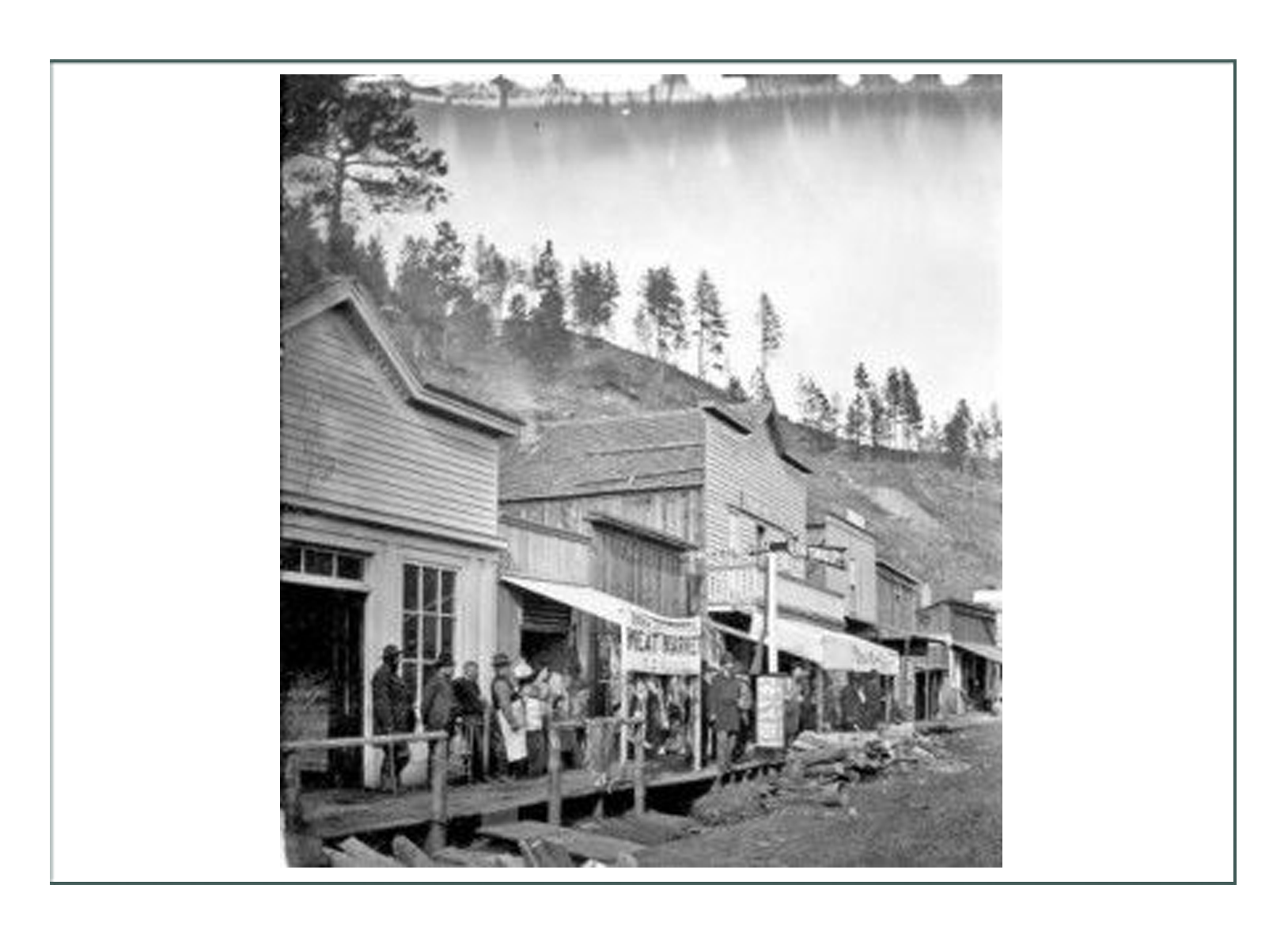
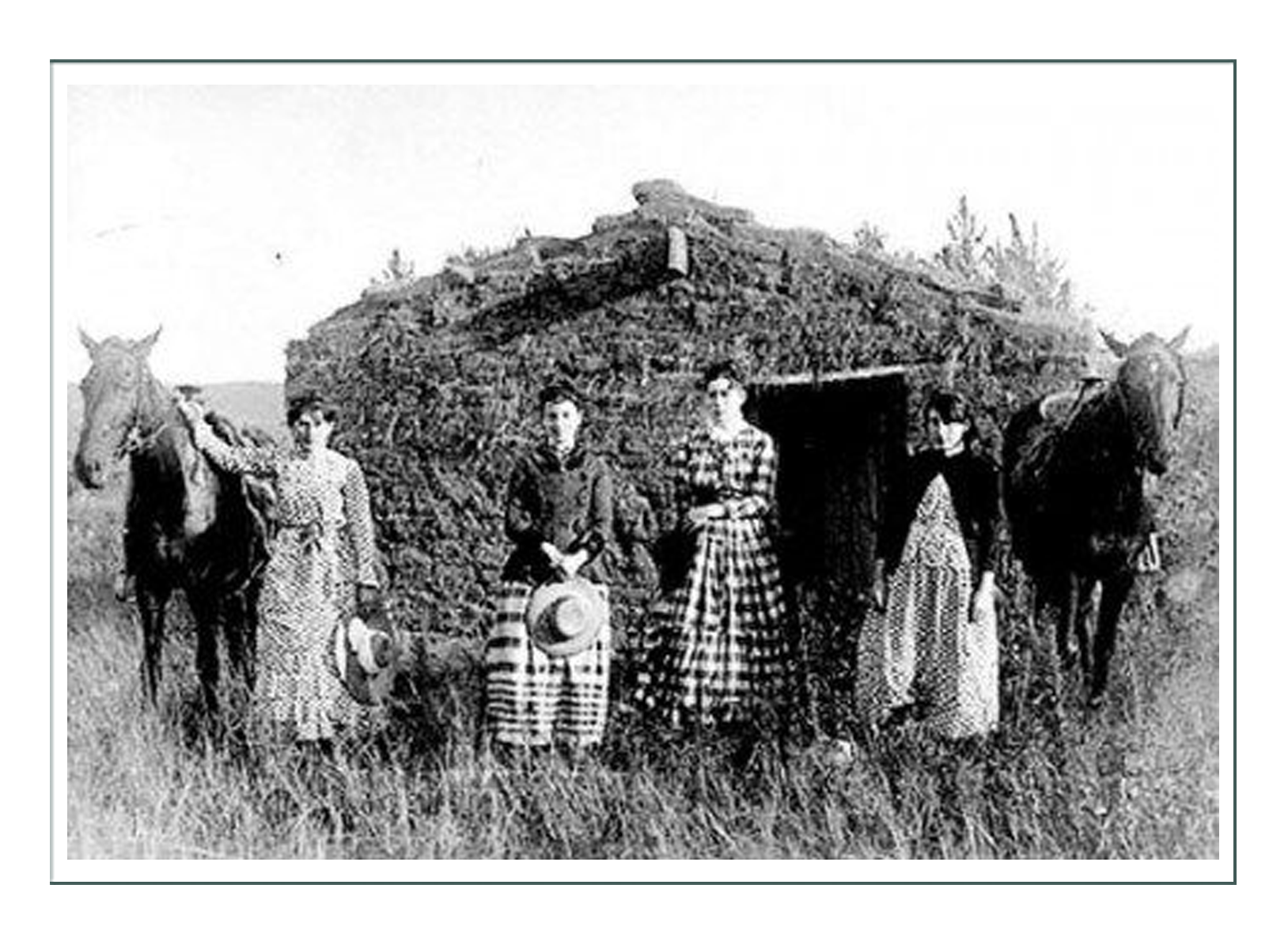
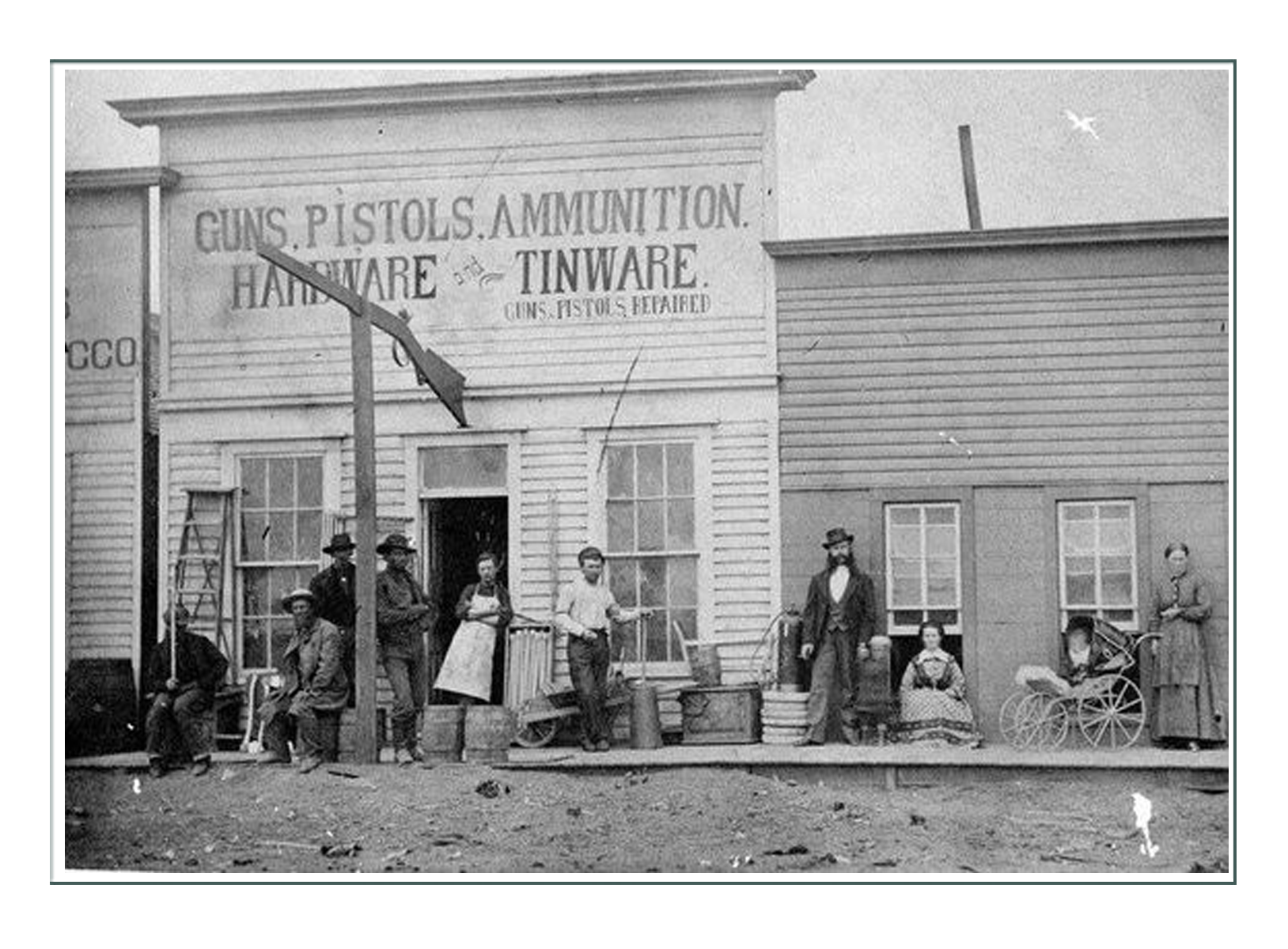
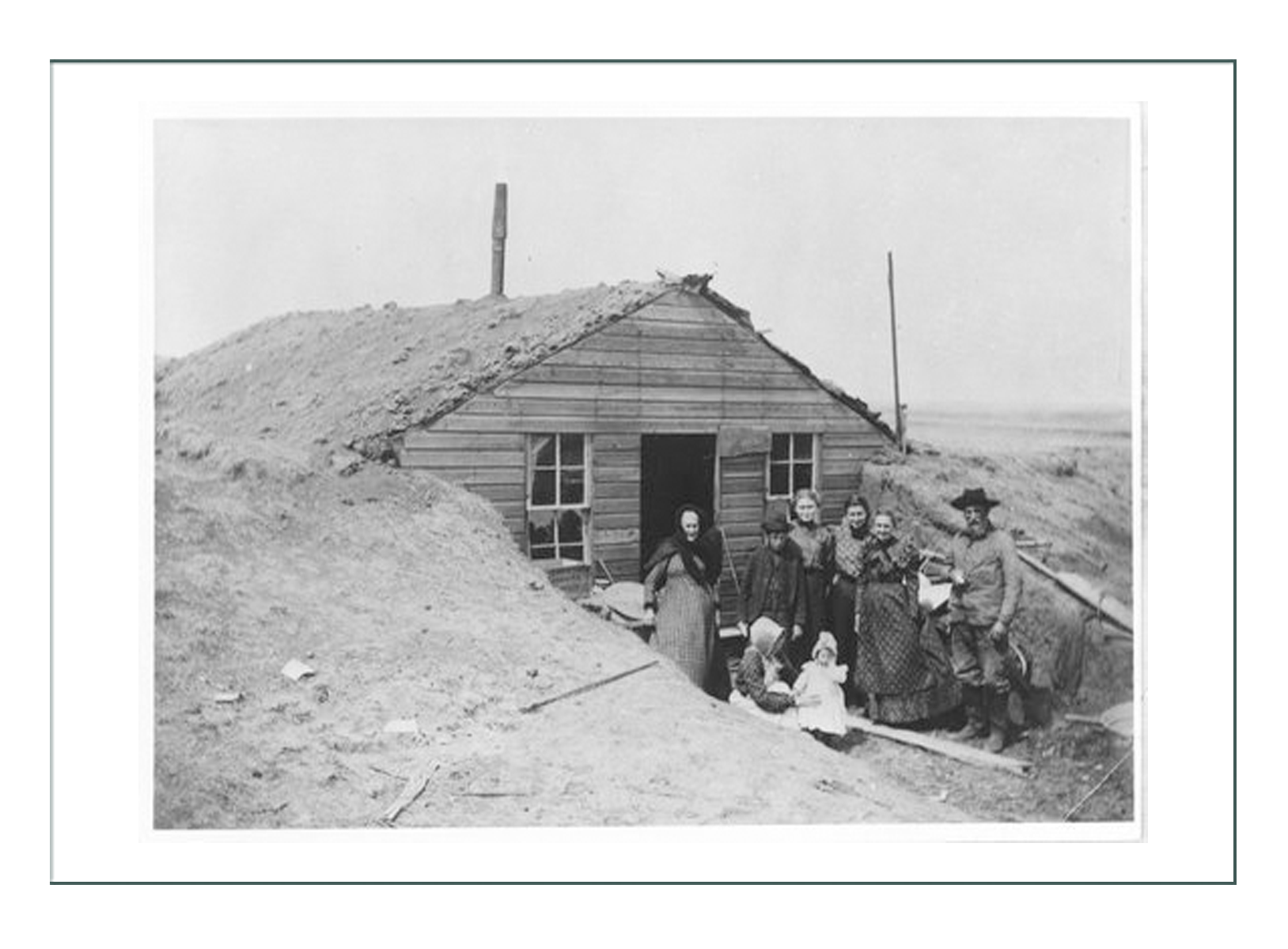
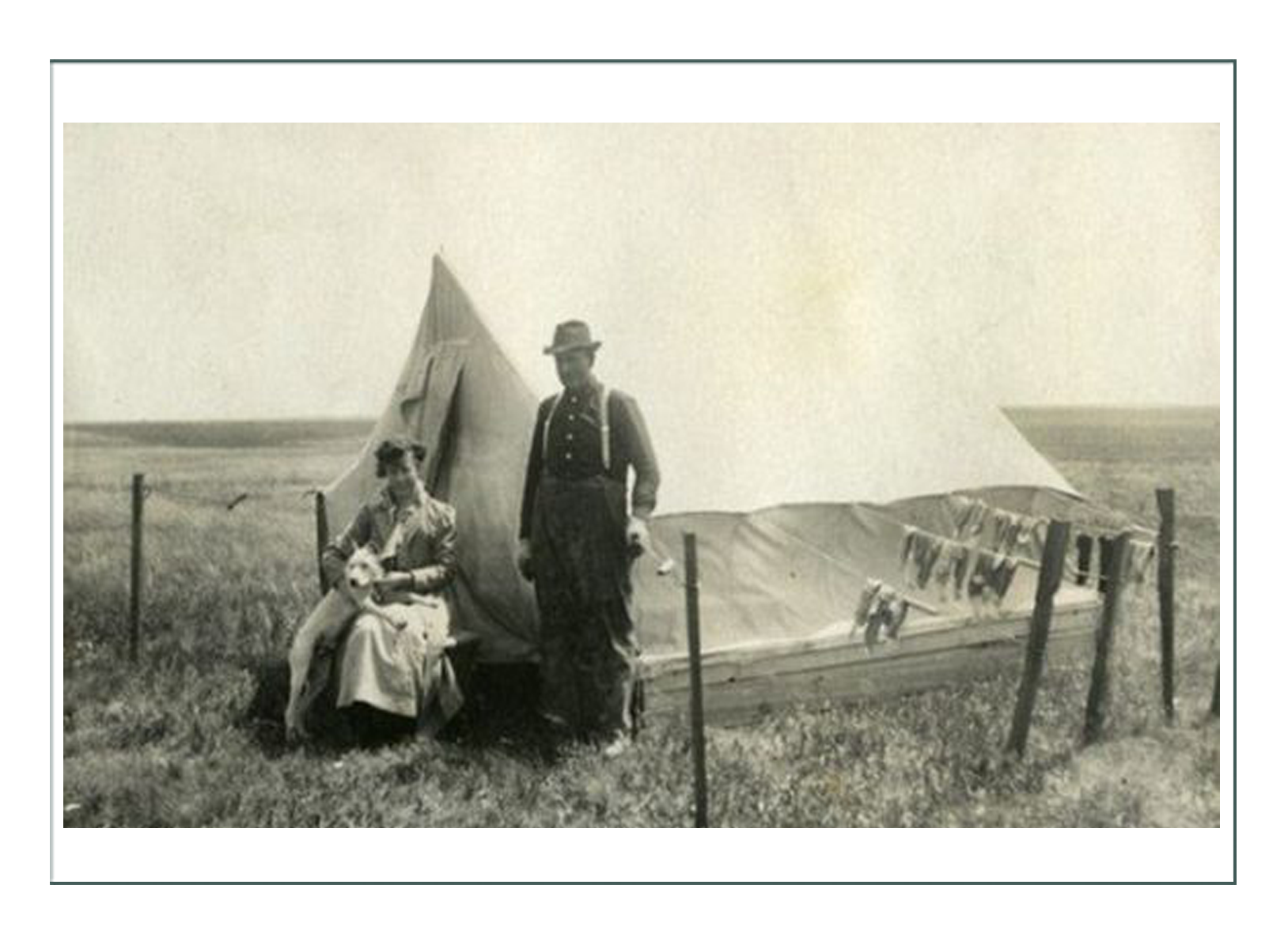
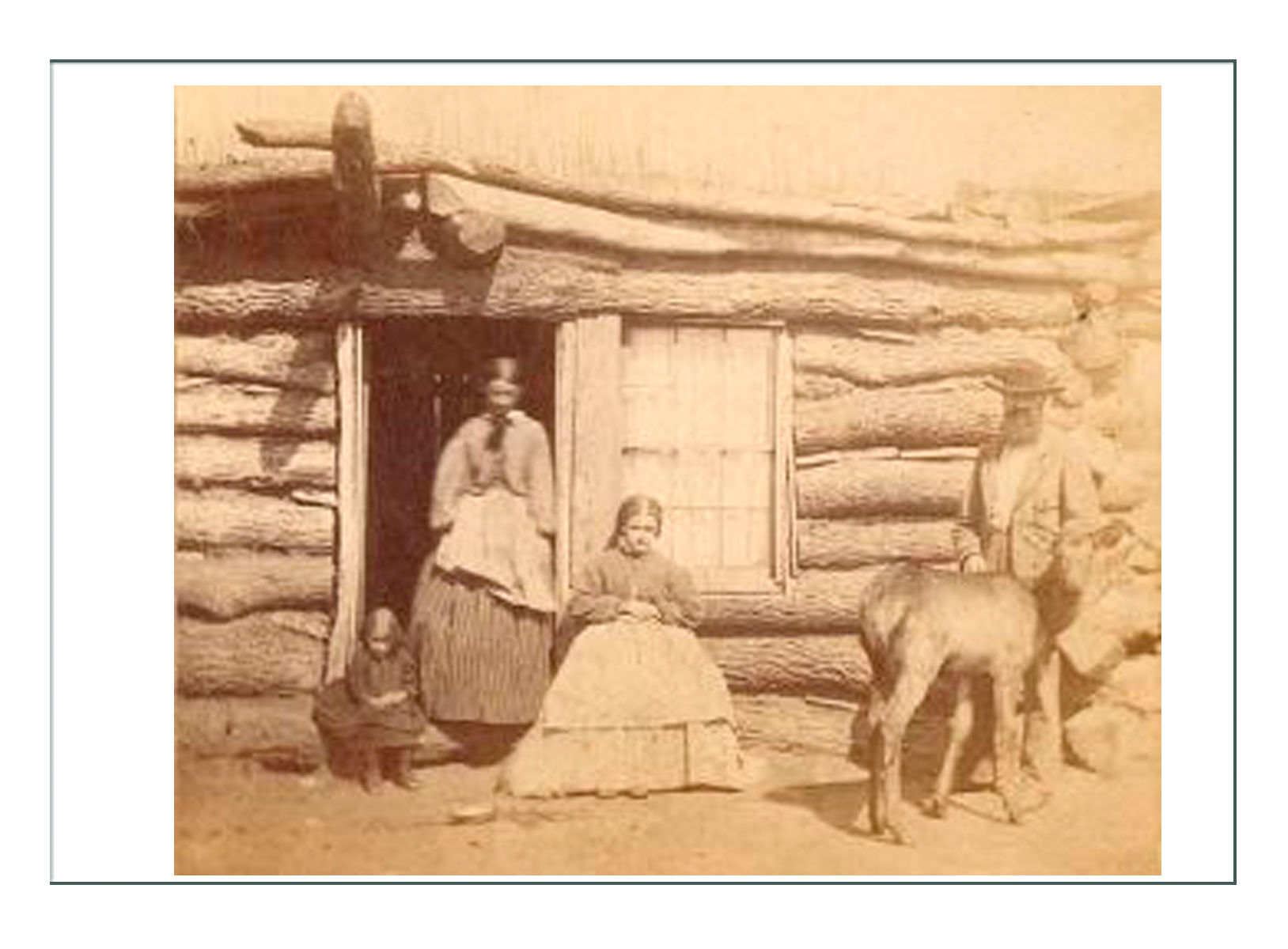
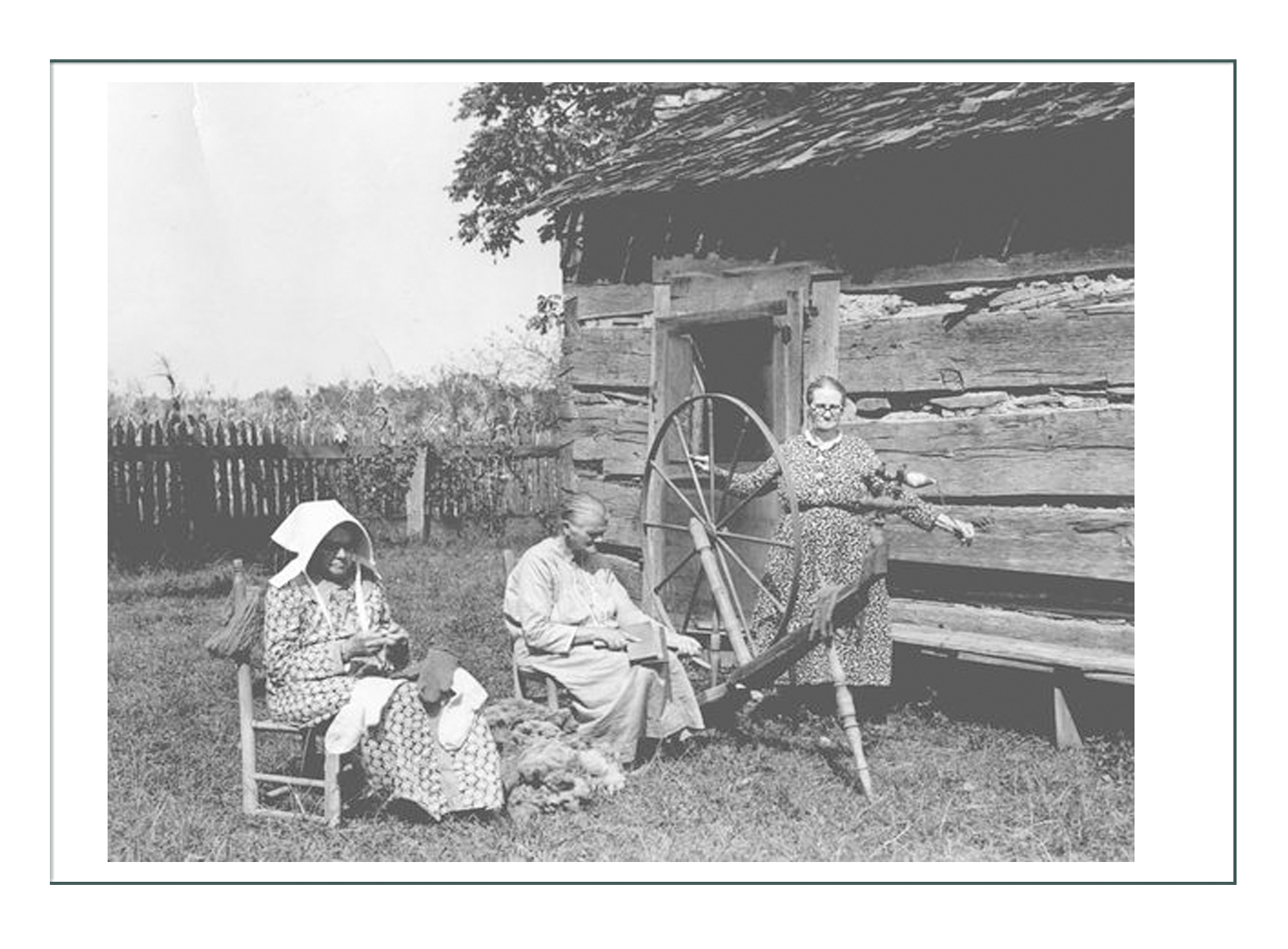
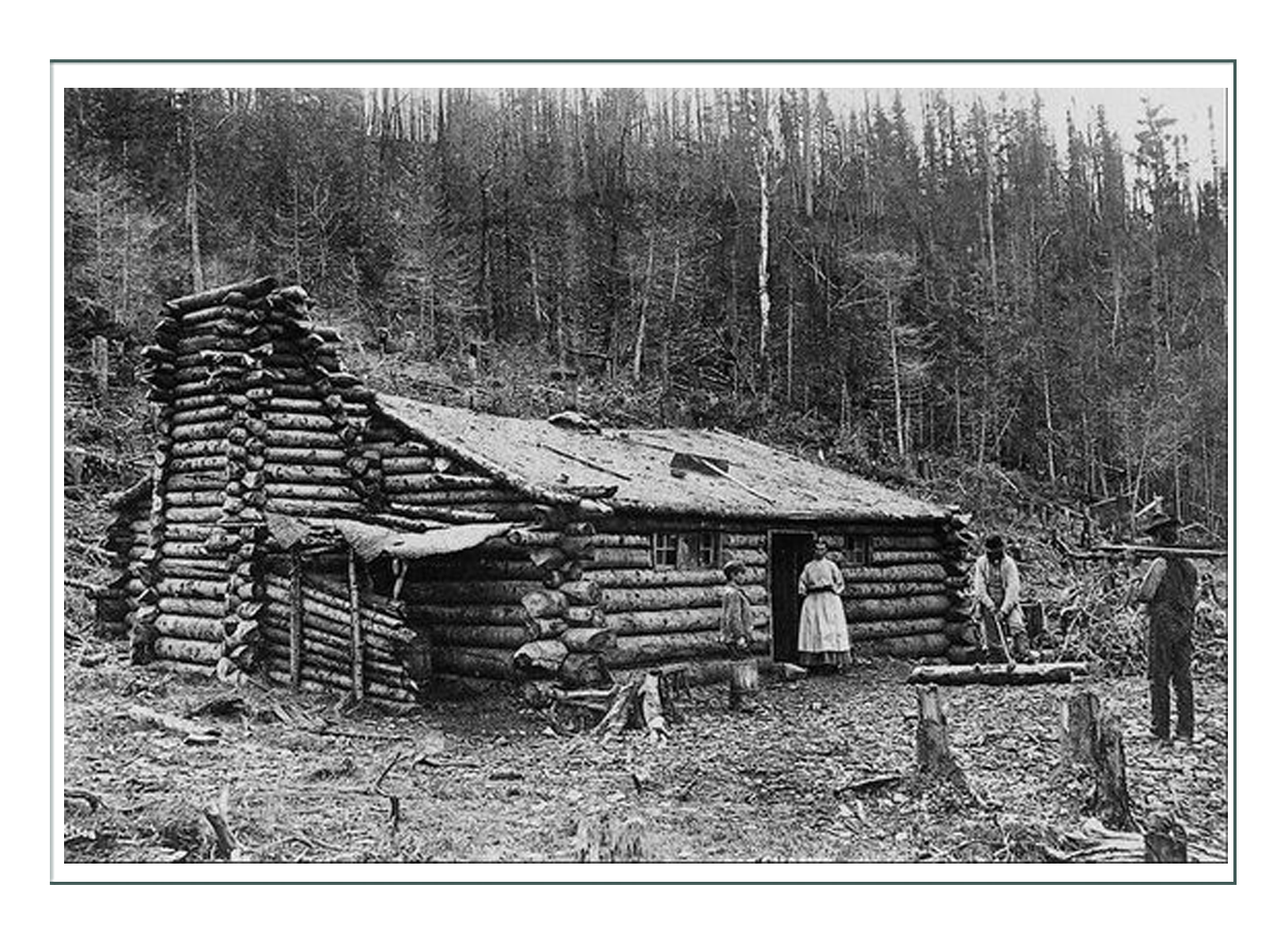
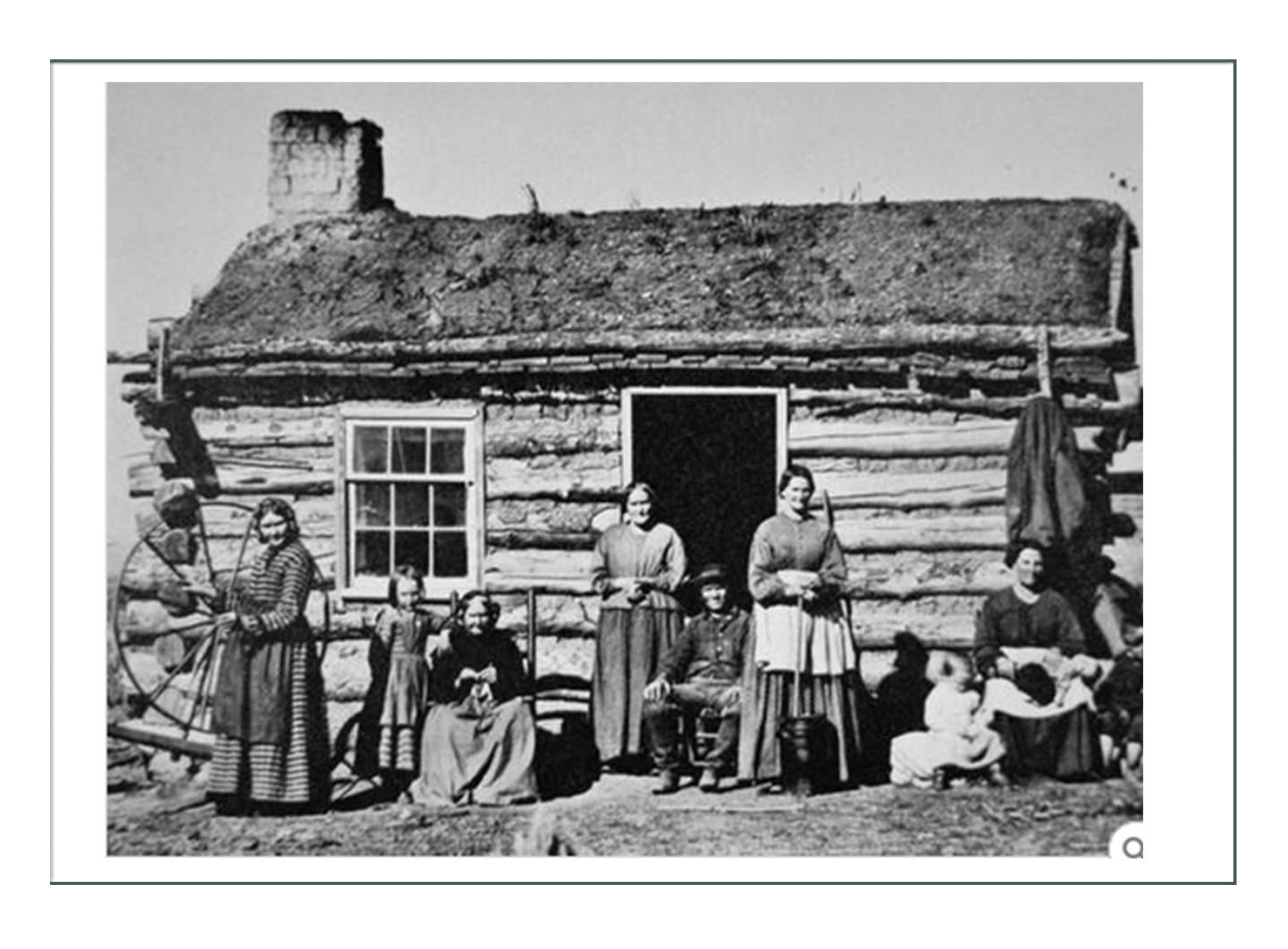
Click to go to Kristi’s Western Fashion & Lifestyles Research Page (next)
Click to go to Kristi’s Design Development Page
Click to go to Kristi’s Main Page with the FINISHED PRODUCT
Click to go back to top of this page
–
